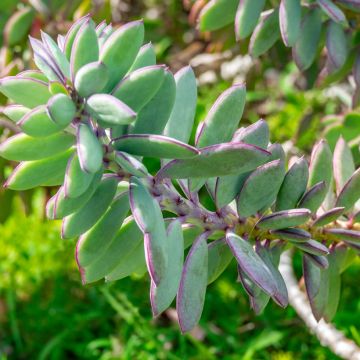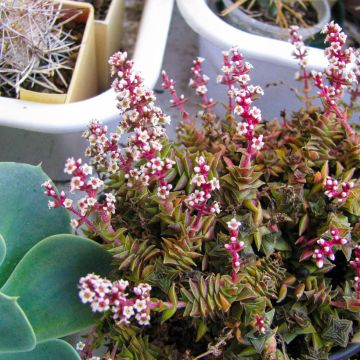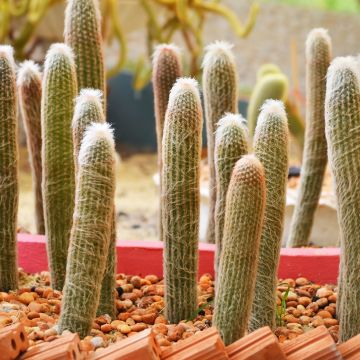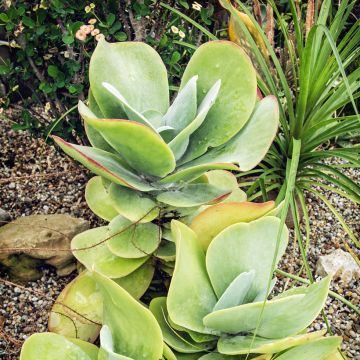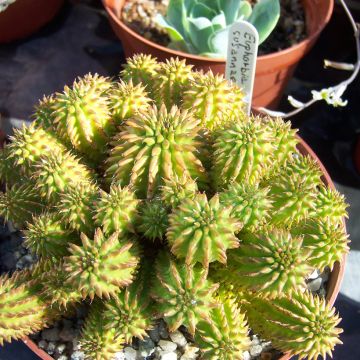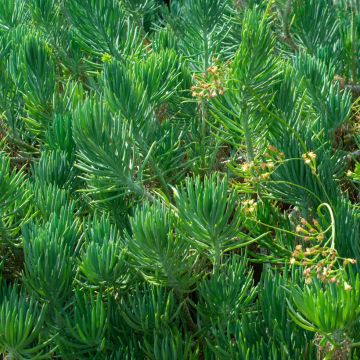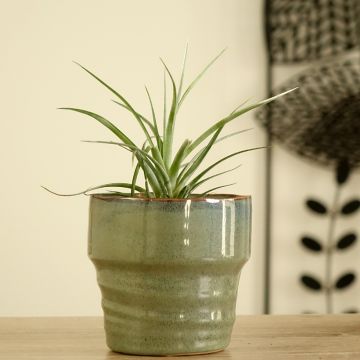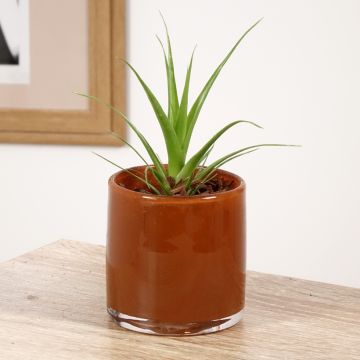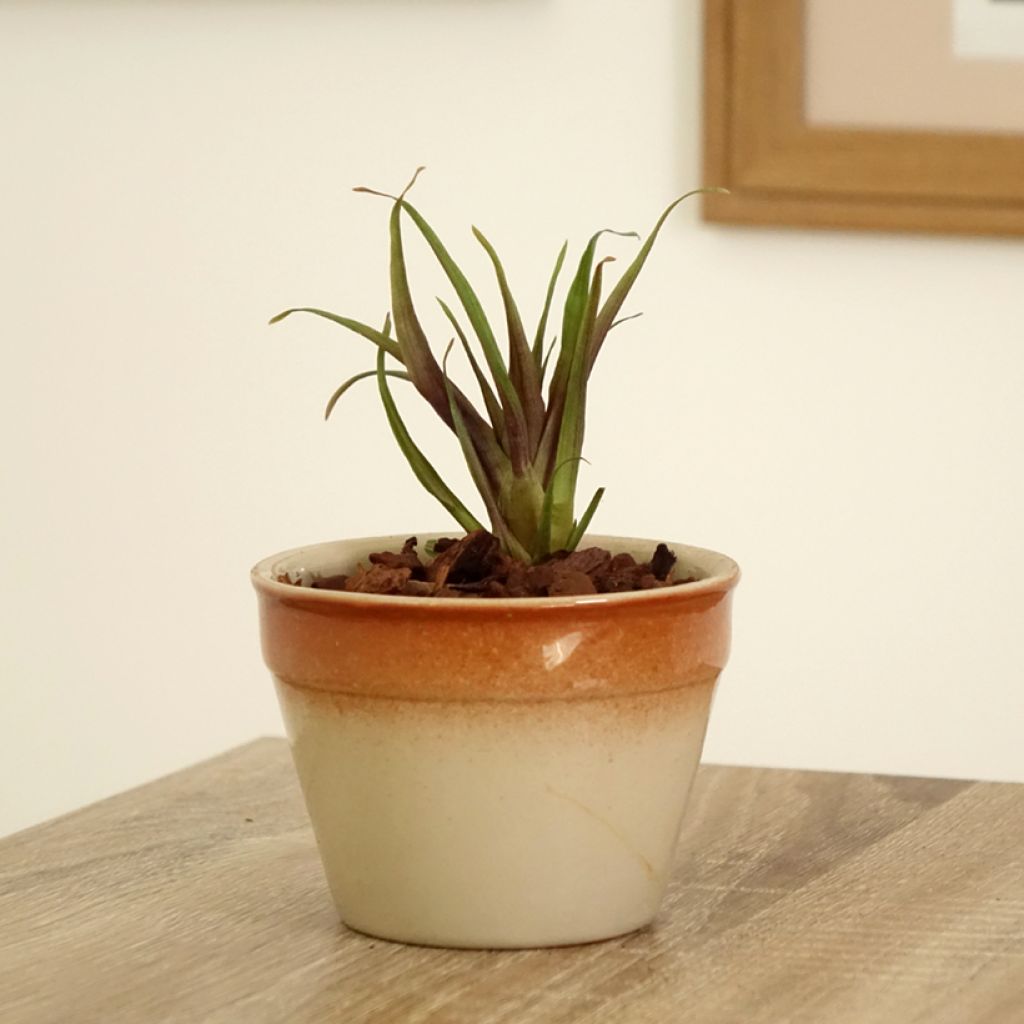

Tillandsia x Andreas - Air plant
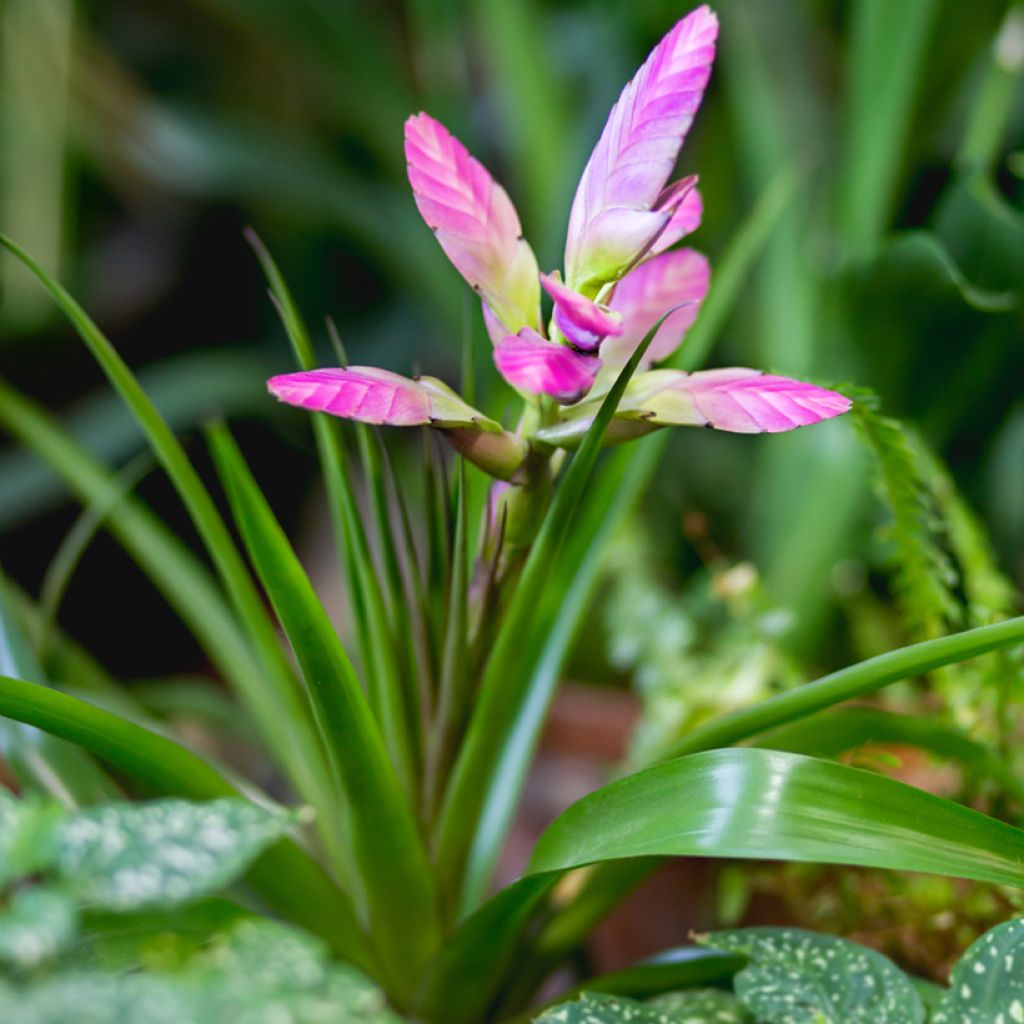

Tillandsia x Andreas - Air plant


Tillandsia x Andreas - Air plant
Tillandsia x Andreas - Air plant
Tillandsia x Andreas
Air plant
Why not try an alternative variety in stock?
View all →This plant carries a 30 days recovery warranty
More information
We guarantee the quality of our plants for a full growing cycle, and will replace at our expense any plant that fails to recover under normal climatic and planting conditions.
From 7,90 € for pickup delivery and 6,90 € for home delivery
Express home delivery from 8,90 €.
Description
Tillandsia 'Andreas', nicknamed "air plant", is an indoor plant that captivates with its exotic appearance and low maintenance. Its slender, deep green leaves form an elegant rosette, while its flowering reveals charming candy-pink bracts. Stunning in contemporary and minimalist settings, Tillandsia 'Andreas' can be hung or placed on decorative supports. To ensure its well-being, place it in a bright spot, away from direct sunlight, and mist it regularly with non-calcareous water.
Belonging to the Bromeliaceae family, Tillandsia 'Andreas' is a recent hybrid cultivar. Tillandsias, native to tropical and subtropical regions of Central and South America, are nicknamed "air plants" due to their ability to grow without soil and absorb moisture and nutrients directly from the surrounding air. In their natural habitat, they grow as epiphytes on trees or rocks, benefiting from good air circulation and filtered light. This variety has moderate growth, with its foliage reaching a height of 30 to 50 cm and a similar spread at maturity. Its habit is semi-erect, forming a rosette with linear, flexible, dark green leaves measuring between 20 and 40 cm in length, with a smooth texture. Flowering, which can occur at different times of the year depending on growing conditions, is characterised by pink bracts surrounding tiny tubular purple or blue flowers. It occurs on mature plants grown under suitable conditions.
To grow Tillandsia 'Andreas' indoors, place it in a location offering bright, indirect light, such as near an east or west-facing window, avoiding direct sunlight which could scorch its leaves. Maintain moderate to high ambient humidity by misting the foliage with non-calcareous water two to three times a week, increasing the frequency during hot weather or in dry environments. The ideal temperature ranges between 15 and 25 °C, with good ventilation to promote drying of the foliage after watering. Tillandsia 'Andreas' is non-toxic. Due to its sensitivity to cold, it is recommended to grow it exclusively indoors in temperate climates, as it cannot tolerate temperatures below 10 °C.
Tillandsia 'Andreas' finds its ideal place in bright rooms such as a living room, conservatory, or office, where its airy charm works well. Perfect for minimalist or bohemian decor, it pairs beautifully with hanging glass containers, metal structures, or natural wood supports. You can combine it with other epiphytes such as Tillandsia ionantha, with its compact and colourful leaves, or Tillandsia xerographica, which offers a broader, sculptural silhouette. It is versatile and blends into a casual or sophisticated interior, becoming a decorative element in its own right, while requiring minimal care.
Report an error about the product description
Tillandsia x Andreas - Air plant in pictures
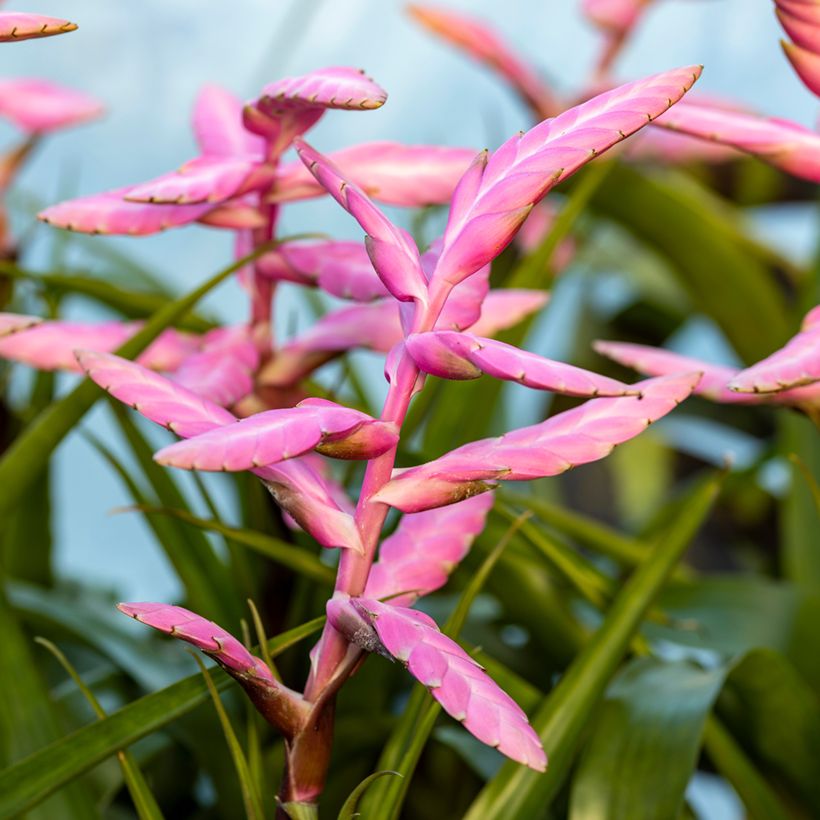

Foliage
Plant habit
Flowering
Botanical data
Tillandsia
x
Andreas
Bromeliaceae
Air plant
Cultivar or hybrid
Other Air plants - Tillandsia
View all →Location
Location
Maintenance and care
Potting advice, substrates and fertilisers
Houseplant care
Disease and pest advice
Maintenance and care
This item has not been reviewed yet - be the first to leave a review about it.
Haven't found what you were looking for?
Hardiness is the lowest winter temperature a plant can endure without suffering serious damage or even dying. However, hardiness is affected by location (a sheltered area, such as a patio), protection (winter cover) and soil type (hardiness is improved by well-drained soil).

Photo Sharing Terms & Conditions
In order to encourage gardeners to interact and share their experiences, Promesse de fleurs offers various media enabling content to be uploaded onto its Site - in particular via the ‘Photo sharing’ module.
The User agrees to refrain from:
- Posting any content that is illegal, prejudicial, insulting, racist, inciteful to hatred, revisionist, contrary to public decency, that infringes on privacy or on the privacy rights of third parties, in particular the publicity rights of persons and goods, intellectual property rights, or the right to privacy.
- Submitting content on behalf of a third party;
- Impersonate the identity of a third party and/or publish any personal information about a third party;
In general, the User undertakes to refrain from any unethical behaviour.
All Content (in particular text, comments, files, images, photos, videos, creative works, etc.), which may be subject to property or intellectual property rights, image or other private rights, shall remain the property of the User, subject to the limited rights granted by the terms of the licence granted by Promesse de fleurs as stated below. Users are at liberty to publish or not to publish such Content on the Site, notably via the ‘Photo Sharing’ facility, and accept that this Content shall be made public and freely accessible, notably on the Internet.
Users further acknowledge, undertake to have ,and guarantee that they hold all necessary rights and permissions to publish such material on the Site, in particular with regard to the legislation in force pertaining to any privacy, property, intellectual property, image, or contractual rights, or rights of any other nature. By publishing such Content on the Site, Users acknowledge accepting full liability as publishers of the Content within the meaning of the law, and grant Promesse de fleurs, free of charge, an inclusive, worldwide licence for the said Content for the entire duration of its publication, including all reproduction, representation, up/downloading, displaying, performing, transmission, and storage rights.
Users also grant permission for their name to be linked to the Content and accept that this link may not always be made available.
By engaging in posting material, Users consent to their Content becoming automatically accessible on the Internet, in particular on other sites and/or blogs and/or web pages of the Promesse de fleurs site, including in particular social pages and the Promesse de fleurs catalogue.
Users may secure the removal of entrusted content free of charge by issuing a simple request via our contact form.
The flowering period indicated on our website applies to countries and regions located in USDA zone 8 (France, the United Kingdom, Ireland, the Netherlands, etc.)
It will vary according to where you live:
- In zones 9 to 10 (Italy, Spain, Greece, etc.), flowering will occur about 2 to 4 weeks earlier.
- In zones 6 to 7 (Germany, Poland, Slovenia, and lower mountainous regions), flowering will be delayed by 2 to 3 weeks.
- In zone 5 (Central Europe, Scandinavia), blooming will be delayed by 3 to 5 weeks.
In temperate climates, pruning of spring-flowering shrubs (forsythia, spireas, etc.) should be done just after flowering.
Pruning of summer-flowering shrubs (Indian Lilac, Perovskia, etc.) can be done in winter or spring.
In cold regions as well as with frost-sensitive plants, avoid pruning too early when severe frosts may still occur.
The planting period indicated on our website applies to countries and regions located in USDA zone 8 (France, United Kingdom, Ireland, Netherlands).
It will vary according to where you live:
- In Mediterranean zones (Marseille, Madrid, Milan, etc.), autumn and winter are the best planting periods.
- In continental zones (Strasbourg, Munich, Vienna, etc.), delay planting by 2 to 3 weeks in spring and bring it forward by 2 to 4 weeks in autumn.
- In mountainous regions (the Alps, Pyrenees, Carpathians, etc.), it is best to plant in late spring (May-June) or late summer (August-September).
The harvesting period indicated on our website applies to countries and regions in USDA zone 8 (France, England, Ireland, the Netherlands).
In colder areas (Scandinavia, Poland, Austria...) fruit and vegetable harvests are likely to be delayed by 3-4 weeks.
In warmer areas (Italy, Spain, Greece, etc.), harvesting will probably take place earlier, depending on weather conditions.
The sowing periods indicated on our website apply to countries and regions within USDA Zone 8 (France, UK, Ireland, Netherlands).
In colder areas (Scandinavia, Poland, Austria...), delay any outdoor sowing by 3-4 weeks, or sow under glass.
In warmer climes (Italy, Spain, Greece, etc.), bring outdoor sowing forward by a few weeks.

































